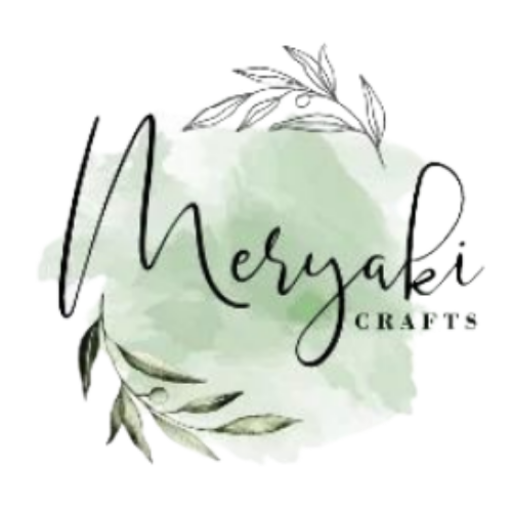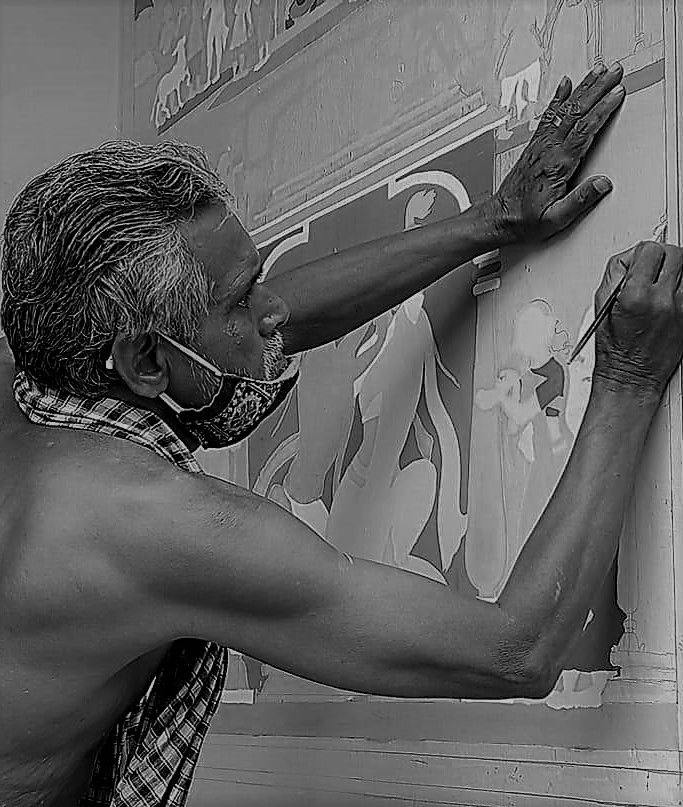PATACHITRA PAINTINGS – ODISHA’S VIBRANT HERITAGE
Indigenous and rich in colour, form and design, Odisha’s patachitra paintings can be traced to 8th century AD, while currently having the distinction of securing a GI Tag
Heritage craft village
Every year the temple town of Puri in Bhubaneswar, Orissa, dons on festive, religious attire during the famous and holy occasion of the Jaganath Rath Yatra. This is what Puri is most famous for, the 15th Century Jaganath temple, where devotees from far and wide throng the town’s annual Rath Yatra or chariot festival celebrations.
About an hour’s drive from this famous temple City, lies Raghurajpur, home to one of India’s oldest artisan villages, well known for their intricate Patachitra paintings, stone carvings, wooden and paper mâchè toys, masks and palm-leaf engravings. As you enter this cultural hub, one is greeted warmly by the different artisans, each welcoming you to their respective homes, where their craft is proudly displayed. You are encouraged to ask questions about the cultural origins and history of the handicraft, and shop from the variety of arts and crafts that are tastefully displayed.
What will catch your eye and hold your gaze though, are the intricate and minute workmanship of the Patachitra paintings. The plethora of colors will enthrall your senses, as will the engaging stories behind each painting!
The journey of a Patachitra masterpiece
In order to understand the age-old painting process, one must begin with its name – Patachitra. Literally translated, it means art on
canvas, where pata is canvas or fabric, and chitra is art. The origins of the Patachitra painting goes back to the famed Jagannath temple. Every year during Debasnana Purnima, the deities in the Jagannath temple are believed to bathe with 108 pots of cold water to survive the summer heat. Post the bathing ritual, the deities, according to folklore, fall sick for 15 days, and the period is known as ‘Anansara’.
Due to their absence from public view due to the illness, the Mohapatras or master artisans, are assigned with the task of creating 3 paintings that will represent the 3 deities – Lord Jagannath, Goddess Subhadra and Lord Bhalabadra, so that the public can continue their worship at the temple.
The Mohapatras or Maharanas are the master artisans of Patachitra.The tradition has predominantly been passed on from father to son, however, recently there has been a rise in female Patachitra artists too.
Beginning with the canvas, and usually prepared by the rest of the family members of the artisan, cotton fabric or old saree material is usually used to create it. Nowadays, silk or tussar material may also be used.
First, the canvas is treated with locally available tamarind paste. Tamarind seeds are soaked in water for upto 3 days, and then powdered and mixed with water, post which it is heated in a earthenware, till it forms a smooth paste. This is then used as an aid to gessoe two pieces of fabric together to form a single canvas. Soft stone powder is then applied a few times till the canvas becomes firm. Left to be sun-dried for a few days, the final preparation consists of rubbing the canvas with a hard stone and then a soft stone till the canvas becomes firm and leathery to be painted upon.
The artisans or Chitrakars, as they are popularly known, traditionally use indigenous color, made from natural sources. For e.g, the white pigment, that is an active color used in the paintings, is derived from powdering Conch shells. Lamp soot is used to derive the black pigment, while blue is obtained from a locally available stone called Khandneela. Certain color codes in the paintings are strictly followed . For example, the color blue or black is always used for Lord Krishna and black to represent Lord Jagannath. The borders are intricate and detailed, and each main figure in the painting is painstakingly created to represent different moods and emotions.
From start to finish, a single painting can take upto 15 days to a few months. A few paintings can even take upto a year’s time, depending on the complexity of the theme.
The intricate themes of Patachitra
Majority of all themes are mythology related. With the change in times, the themes have also extended to include, everyday life and important occasions and celebrations.
Popular themes that dominate Patachitra paintings include:
Thia Badhia – The depiction of the famed Jagannath temple Krishna
Leela – The stories and exploits of Lord Krishna as a child
Dasabatara – Lord Vishnu’s ten incarnations
Panchamukhi – Lord Ganesha, as the 5 headed deity Ram
Ravana Judha – The battle between Lord Ram and Ravana in the Ramayana
Kanchi Abhijana – The expedition against the kingdom of Kanchi
Kandarpa Leela – The love exploits and romance between Lord Krishna and the Gopis.
Patachitra today
In the year 2000, after a careful research project spanning 2 years, INTACH declared the crafts Village of Raghurajpur as a Heritage Crafts Village. This has augmented and encouraged domestic and international tourists. Heritage walks are conducted for the benefit of tourists and the history and culture of the art form is explained and imparted.
In the year 2013, it was officially renamed to ‘Odisha Patachitra’; and was awarded a GI Tag, joining the ranks of Darjeeling Tea, French Wines, Mysore Silk, Swiss cheeses and many more globally. Many of the Mohapatras of Patachitra are national awardees
For a slice of these gorgeous and intricate paintings, go to (link)

